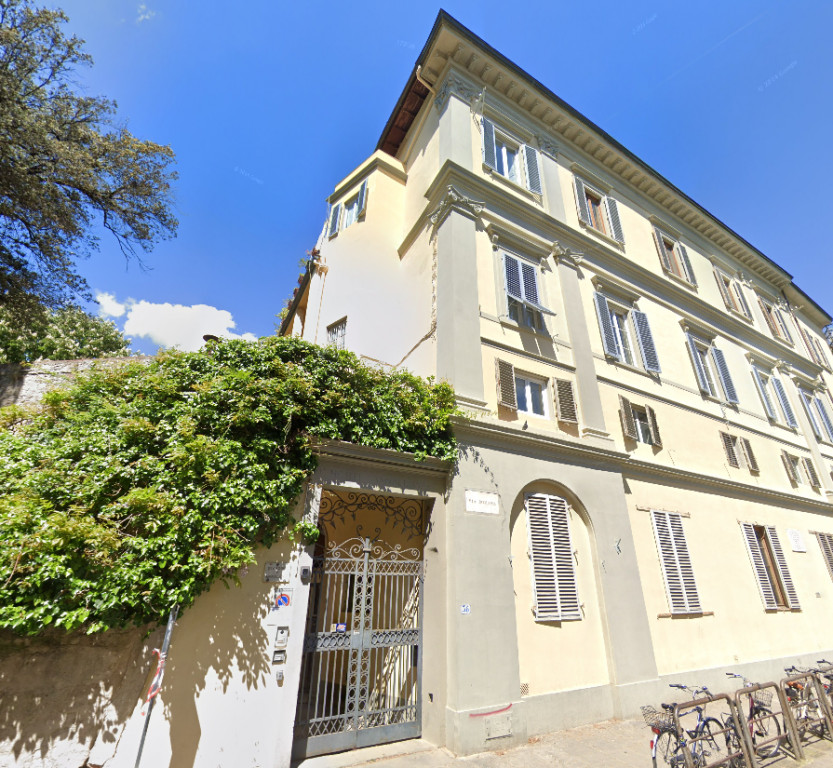Hiram Powers's Studio
Comprising a section of the former Annalena convent, this studio doubled as a dwelling for Hiram Powers, a well-known 19th-century American photographer and sculptor, from 1839 until 1852. During this period, Powers created some of his most famous works, including the Greek Slave, Fisher Boy, and Eve Tempted. The building consisted of four floors: the studio was on the ground floor while the family occupied the third and fourth floors (the building's owner lived in the second floor). Powers was frequently visited here by well-known artists, writers, and politicians, including the American writer Margaret Fuller, British poet Elizabeth Barrett Browning and her husband Robert Browning, who lived just around the corner at Casa Guidi, the Grand Duke and Grand Duchess of Tuscany, and Nicholas I, the Czar of Russia. Powers relocated elsewhere in the Via de Fornaci in 1852 and then again in 1868, about five years before his death in 1873, when he moved his home and his studio outside the city walls of Florence.
One section of Powers's former residence and studio.
The Casa di Annalena and Pensione Annalena that existed while Powers lived there now serves as a hotel.
Coordinates
Longitude: 11.245559814463


